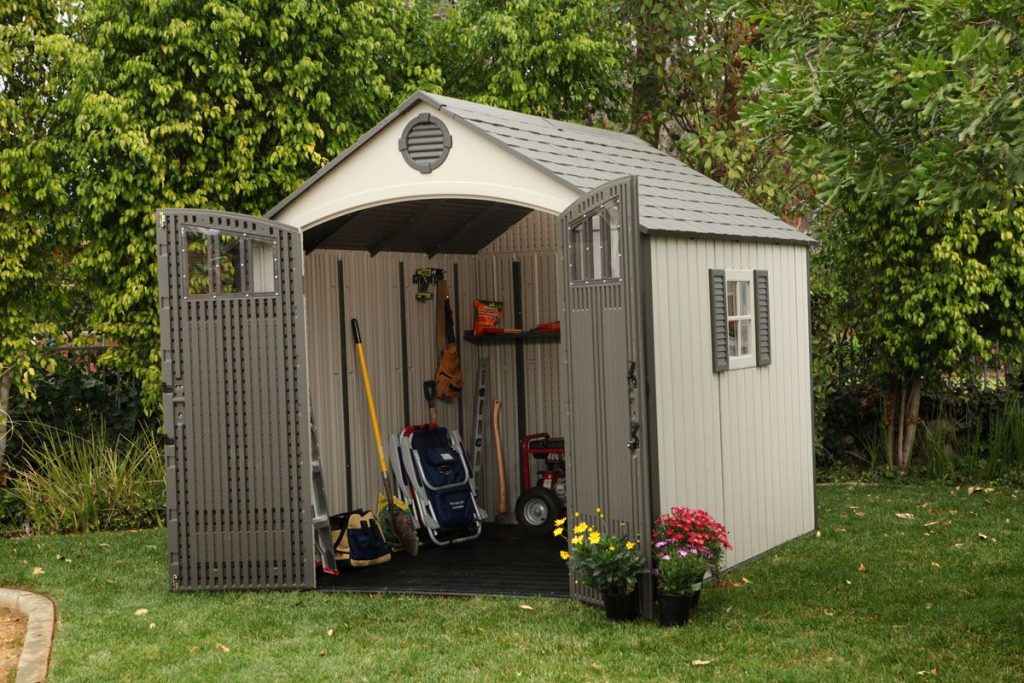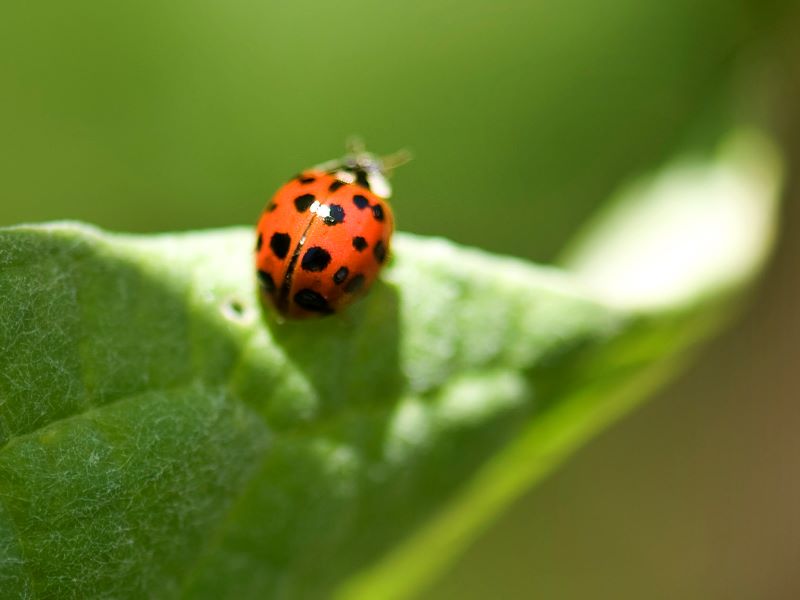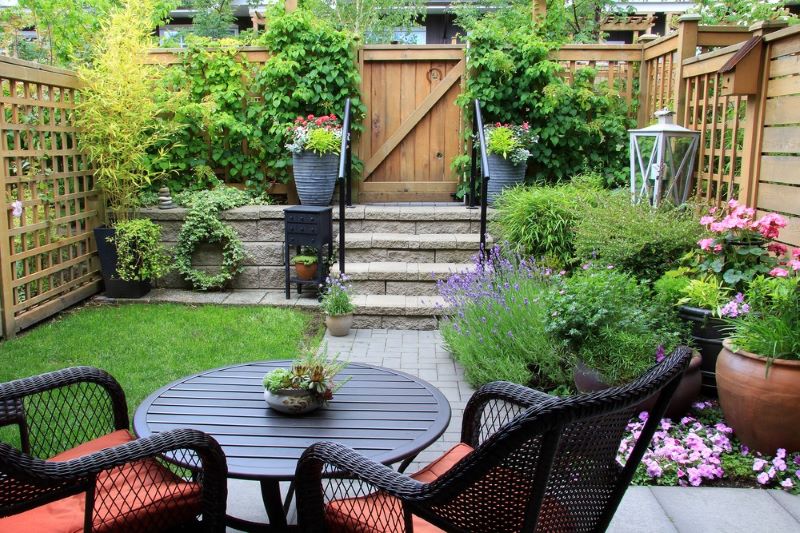Table of Contents
When cold weather comes along it might seem like spring will never come. However, the seasons are constantly turning, and there are all sorts of things you can do to help prepare your garden for warmer weather. Get going with these ideas and get a head start on your spring gardening.
Soil Improvement
When the growing season has ended and your plants have made the most of their surroundings you need to get the soil ready for the next spring’s planting. Dig in compost in the autumn and your plants will get the benefit of its nutrients in spring. Manure can actually hurt your plants if you add it when it is too fresh, so digging it in ahead of time gives it time to mellow out and release its nutrients into the soil. If your soil is in need of lime, dig t in now so that it is ready for spring planting.
Clean Out Your Greenhouse
There’s nothing worse than getting ready to start seedlings in your greenhouse only to find that a pane has cracked or a seal is letting in too much cold air. Use the winter down-time to check over your greenhouse and make any necessary repairs. Make sure you sterilize your greenhouse and its contents to get rid of any diseases or pests that could be lurking there over winter, just biding their time and waiting to infect your plants in spring.
Plan Out Your Planting Schedule
Make sure not to leave your planning to the last minute or you could miss out on sowing times or even forget completely about something you wished to plant. Use the downtime of the colder months to look up sowing times and source seeds and seedlings.
Start Your Seedlings
As it gets closer to spring you can plant some crops indoors in trays and so extend your growing season. Cabbage, onions, celery and spinach are all good candidates for sowing indoors and transplanting as seedlings in the spring.
Plant Spring Bulbs
One of the most frustrating things about gardening is the fact that timing is everything. Those hallmarks of spring – flowering bulbs – need to be prepared well ahead of time. For a great spring display and harvest, plant bulbs in autumn. Snowdrops, daffodils, other flower bulbs, garlic, onions and shallots all need to be planted in late autumn or early winter for proper growth in the spring.
Start Collecting Egg Shells
It might sound strange, but a good collection of egg shells can be a boon for your garden. Peppers and tomatoes can often suffer from blossom end-rot, which is symptom of calcium deficiency. As egg shells are mostly made up of calcium carbonate you can crush them and add a handful to the bottom of the hole you dig when planting these plants. To guard against any risk of Salmonella, boil the egg shells first, then dry them and store them in an airtight container.
Don’t let spring sneak up on you, get preparing your garden ahead of time.








